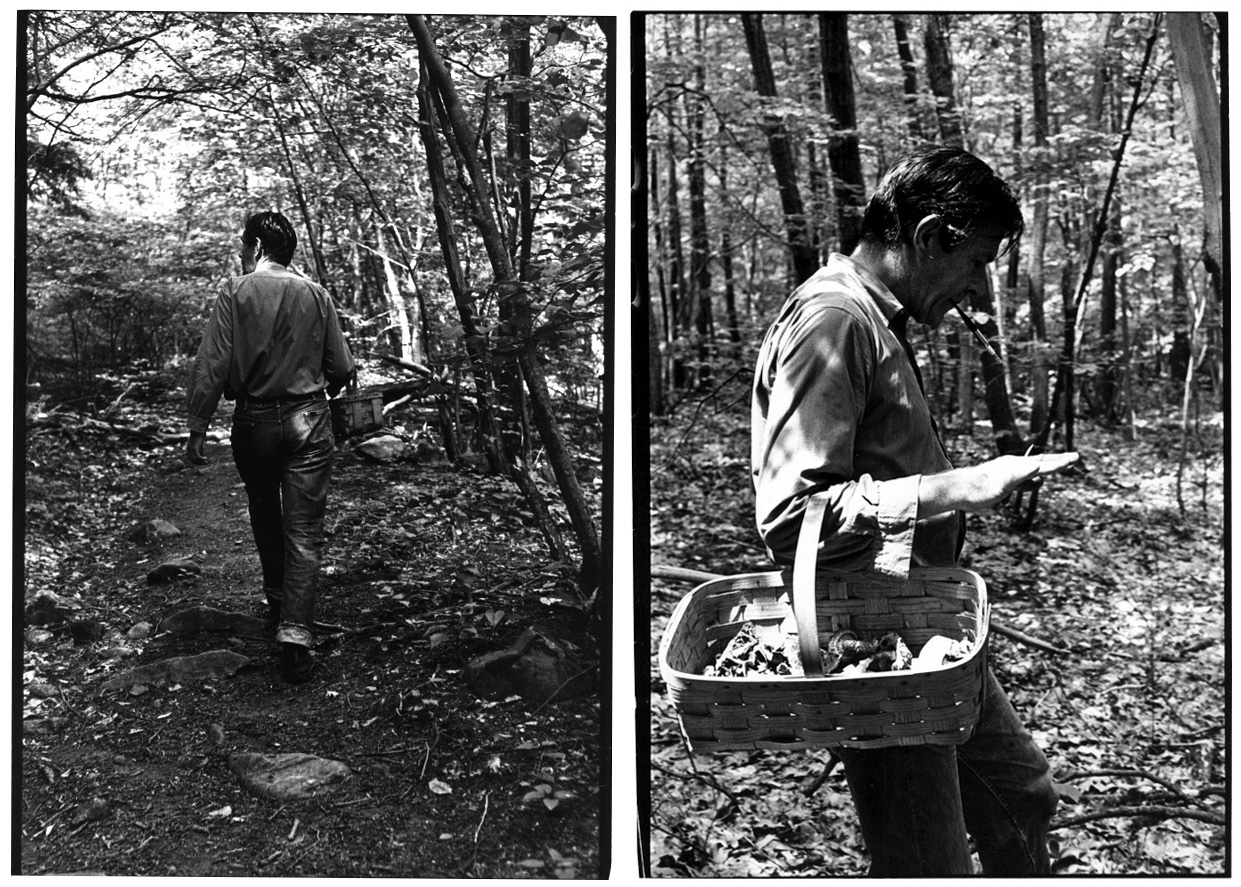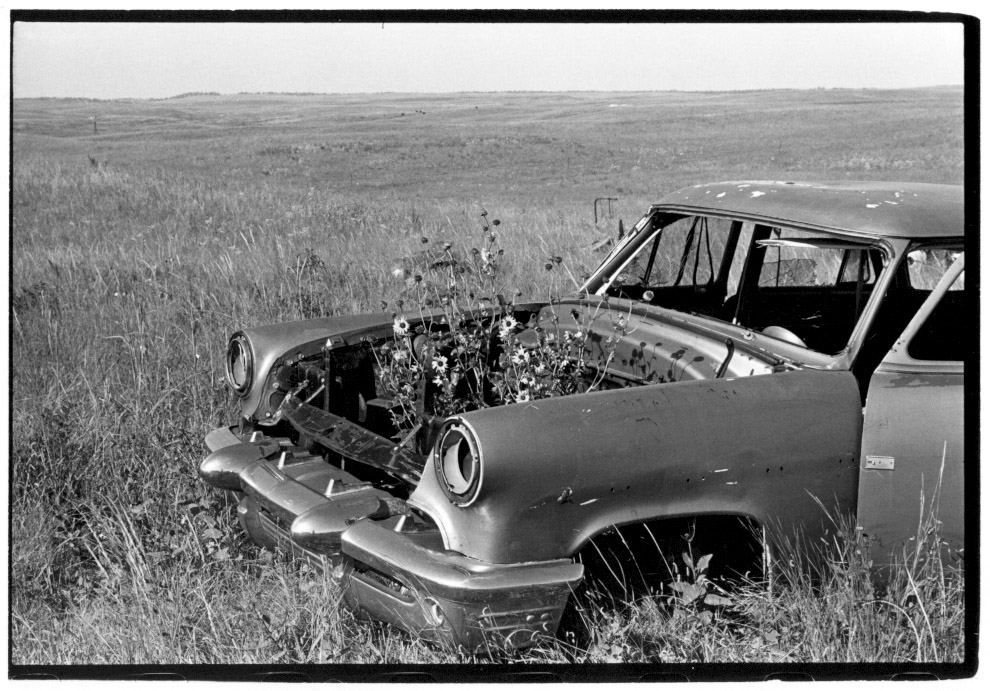My intention in putting the stories together in an unplanned way was to suggest that all things – stories, incidental sounds from the environment, and by extension, beings – are related, and that this complexity is more evident when it is not oversimplified by an idea of relationship in one person’s mind.”
– John Cage
In high school I was infatuated with John Cage. While my classmates were at the Jon Bon Jovi concert, I was in my room listening to Music for Prepared Piano. But my fascination was less with the music than the persona (I suspect the same is true with the Bon Jovi fans). It was through Cage’s writing that this persona came alive. His book Silence became a sort of bible. I became so obsessed with Cage that I started having a recurring dream about bumping into him at an art museum and becoming his acolyte.
I never did get to meet Cage (he died in 1992). But with our new book, Iris Garden, I feel a little bit like I got to work with him. The book is a collection of 22 of Cage’s stories with 44 of William Gedney’s photographs. For the record, I never got to meet Gedney either (he died in 1989). Nor do I know the extent of his relationship with Cage. All I know is that this great, underrated photographer took pictures of Cage on several different occasions. I’m particularly fond of Gedney’s pictures of Cage mushroom hunting:
I love these pictures, but the real thrill for me was digging through Gedney’s archives at Duke University and finding beautiful, surprising pictures like this:
This photo makes me think of this story by Cage:
George Mantor had an iris garden, which he improved each year by throwing out the commoner varieties. One day his attention was called to another very fine iris garden. Jealously he made some inquiries. The garden, it turned out, belonged to the man who collected his garbage.
It is important to note that these texts and images aren’t actually paired in the book. Instead, our brilliant designer Hans Seeger constructed a book in which Cage-ian chance is allowed to flower. Here’s another story by Cage:
Mr. Romanoff is in the mushroom class. He is a pharmacist and takes color slides of the fungi we find. It was he who picked up a mushroom I brought to the first meeting of the class at the New School, smelled it, and said, “Has anyone perfumed this mushroom?” Lois Long said, “I don’t think so.” With each plant Mr. Romanoff’s pleasure is, as one might say, like that of a child. (However, now and then children come on the field trips and they don’t show particular delight over what is found. They try to attract attention to themselves.) Mr. Romanoff said the other day, “Life is the sum total of all the little things that happen.” Mr. Nearing smiled.
I’m often asked how I came up with the name Little Brown Mushroom. The name is partly an homage to John Cage. Cage was a passionate mycologist and spent as much time identifying mushrooms as he did composing music. LBM is a mushroom hunter’s term for common but difficult to identify mushrooms. With Iris Garden, I think we’ve made a beautiful little mushroom that Cage might take childlike pleasure in viewing.
Purchase the book HERE
News: Iris Garden shortlisted for Photobook of the Year



Awesome… thank-you for following your passion obsession!
I’m glad that you are “Little Brown Mushroom” and not “Fylubollur.”
( http://grapevine.is/Features/ReadArticle/Cemetery-Erections )
Yours is the third fungus-related article I’ve seen from a non-fungus-centered site this week.
Something is in the air.
I’m thrilled to see this post. Gedney is a hero of mine and I very happy to see a new book with his work! Keep up all you great work at LBM!